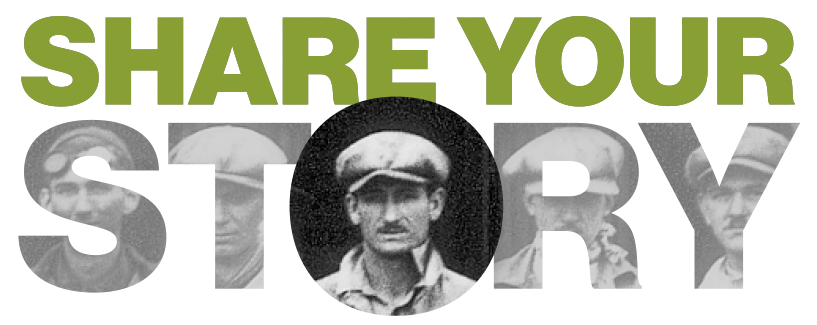In 1930 the United Aircraft & Transport Corporation ignored the Great Depression and erected a new factory to build the biplanes of Lloyd C. Stearman.
In 1930 the “Air Capital of the World” was beginning to feel the deadly effects of the 1929 stock market debacle on Wall Street. By 1932 the stock market had finally hit bottom after losing nearly 89% of its value during a three-year plunge. During the first six months of 1930 it was becoming increasingly clear to Lloyd Stearman and his associates that the commercial market for new airplanes was rapidly evaporating and was not expected to recover in the near future. To survive, Stearman wanted to turn his attention to the market for military airplanes despite the fact that a penny-pinching Congress was appropriating minuscule sums for the Army Air Corps and Navy to acquire new equipment.
The Stearman Aircraft Company’s parent organization, United Aircraft & Transport Corporation, made a bold decision in June 1930 to build a new factory complex on 30 acres adjacent to the Wichita Municipal Airport. Plans called for erecting six buildings with a completion date of late October. The main building would encompass 84,000 square feet and feature the latest machinery for manufacturing aircraft. During a release of information to the local press, Lloyd Stearman also revealed that during the previous two weeks of meetings in New York City, motions to build the factory on the East Coast and relocate the company were soundly defeated – the Stearman Aircraft Company would remain in Wichita.

By the end of June surveyors and engineers from Austin & Company based in Cleveland, Ohio, were preparing the ground to begin construction of the main building. It would measure 420 feet in length and 200 feet in width, whereas the office and engineering buildings would be 184 feet in length and 54 feet wide. In addition, a full-service cafeteria was included on the upper level. As part of the contract with United Aircraft & Transport Corporation, only local workers would be hired for a majority of the project, but outside workers could be brought in to erect the steel trusses and frames. As construction progressed there would be 40 general workmen, 30 bricklayers, 25 carpenters and 20 iron workers at the site.
As promised, early in October Austin & Company officials began to release portions of the buildings, allowing Stearman employees to begin installing equipment. Lloyd Stearman estimated that production would resume by the end of that month as workers made the slow but important transition from the old factory to the new. Plans called for relocating one department at a time. As soon as equipment in one shop was no longer needed, it was crated and trucked to the new campus. Despite the valiant efforts of employees, manufacturing did not resume until the first week in December. According to Stearman, the factory would support manufacture of 60 airplanes per month and have a payroll of 500 people. As of December, however, only 125 men and women were still employed but their wages had been drastically reduced in an effort to keep the company in the black. Unfortunately, another 125 employees had already been laid off during the past 12 months.

During the lean years of 1931 to 1938, the company managed to survive thanks to a number of small but critical military and commercial contracts, in addition to subcontract work for the Boeing Aircraft Company’s new B-17 heavy bomber and the Model 247 airline transport. By 1939 the factory had been expanded on the south side to accommodate increased orders for the Model 73 and Model 75 biplanes trainers for the Army Air Corps, Navy and foreign military forces, particularly in Central and South America and the Philippines. Late in 1940 additional expansions included a large final assembly building at the south end of the original building. The latest expansion was necessary to meet orders for the PT-13,PT-17 and N2S-1 primary trainers.
By 1941 war was raging in western Europe and in the Far East, Japan was making aggressive territorial gains in China. As America began to flex its manufacturing muscle in preparation for war, the production of tanks, ships and airplanes rapidly increased. For example, in March 1941 workers at the Stearman factory, which now numbered in the thousands, were completing a new Model 75 trainers every 90 minutes.
In addition to the new Stearman facilities, the City of Wichita began building a passenger terminal at the airport early in July. Constructed by the Blazier & Vollmer company, the building would cost taxpayers more than $150,000 and included a waiting area, ticket offices and access to telephone and telegraph equipment on the first floor. The second level housed the United States Weather Bureau, a lounge and rooms for guests.

 Back
Back